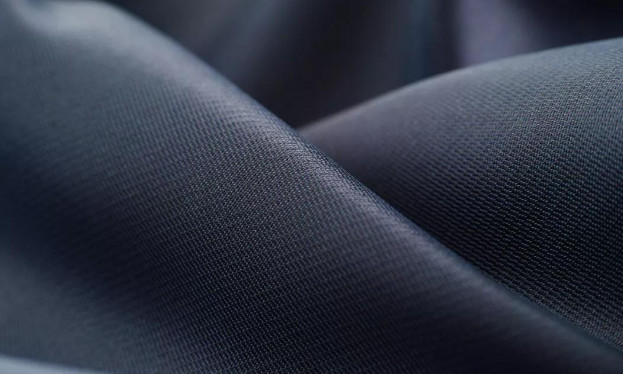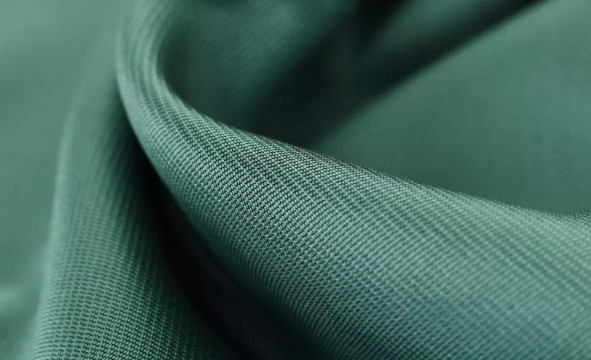1. Waterproof
According to the difference in the actual use of textiles, the test methods of waterproof performance are divided into hydrostatic pressure method, surface wetting resistance test, simulated rain test, water absorption test, etc. The hydrostatic pressure method is mainly used for high waterproof coating or laminated composite textiles, such as canvas, tarpaulin, rainproof clothing cloth, etc. The surface anti-wetting test is mainly used to test the hydrophilic or hydrophobic properties of raincoat fabrics and tent cloths. Water performance; the simulated rain test is mainly used to test the rain penetration of textiles; the water absorption test is mainly used to test the water repellency and surface moisture resistance of textiles.

2. Warmth
According to the standard GB/T11048-2008, when the thermal insulation test is carried out, the sample of the textile is covered on the electric heating test board, and the test board and the protective plate around it and the bottom are kept at the same constant temperature, so that the heat of the electric heating test board can only be Through the loss of the sample, when the environment reaches a certain condition, the heat flow of the sample is measured to determine the thermal insulation of the textile.

3. Moisture absorption and quick drying
According to the standards GB/T21655.1-2008 and GB/T21655.2-2009, through the wetting time of textiles, changing water absorption rate, maximum wetting radius, liquid water diffusion rate, single transfer index, liquid water dynamic transfer comprehensive index, etc. The test of indicators reflects the dynamic transfer process of liquid water in textiles, so as to evaluate the performance of textiles such as moisture absorption, quick drying and perspiration.
评论
发表评论